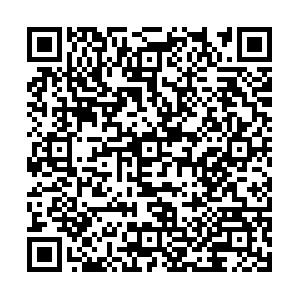《论语》之“方”
On the Significance of “Fang” in the Analects
-
摘要: 《论语》中“方”字凡十五见。其中,有些句子向来争讼不休,也有些句子常受忽视。常见争议之义包括方之为并、方之为比以及方之为道术等用法。由于“四方”“万方”已完全成为汉语常用词汇,就其语义讨论而言,几乎遭到彻底忽视。与“四方”“万方”等用法密切相关的“多方”“邦方”之义,则从未得到讨论且似乎向无争议。“四方”“万方”用法之中,可析取“臣方”“敌方”和“形方”之义。这些不争之义对于理解《论语》之“方”甚至中华文明特征,都具有不同寻常的意义。中国的社会关系与政治空间格局是环状方性结构,“方”是理解中国政治和社会的一把钥匙。Abstract: The character of Fang (“方”) appears fifteen times in the Analects.In some passages,the meaning of the character is interpreted in diverse ways.For instances,there are different interpretations of Fang as it refers to the meanings of “side by side”,“comparing”,and “the way” or “the means”.In other passages,the character is almost completely ignored when it refers to “four directions” and to “all directions”.No attention is paid to the “states” and “various states”,meanings closely related to the expressions of four directions or all directions.These expressions include three important and yet heretofore ignored meanings,namely subject,enemy and square.These ordinary meanings are significant for understanding the character of Fang in the Analects in particular and the features of Chinese civilization in general.
-
Key words:
- the Analects /
- Four Directions /
- subjects /
- enemy /
- square
-

 点击查看大图
点击查看大图
计量
- 文章访问数: 1318
- HTML全文浏览量: 226


 下载:
下载:
 沪公网安备 31010102003103号
沪公网安备 31010102003103号